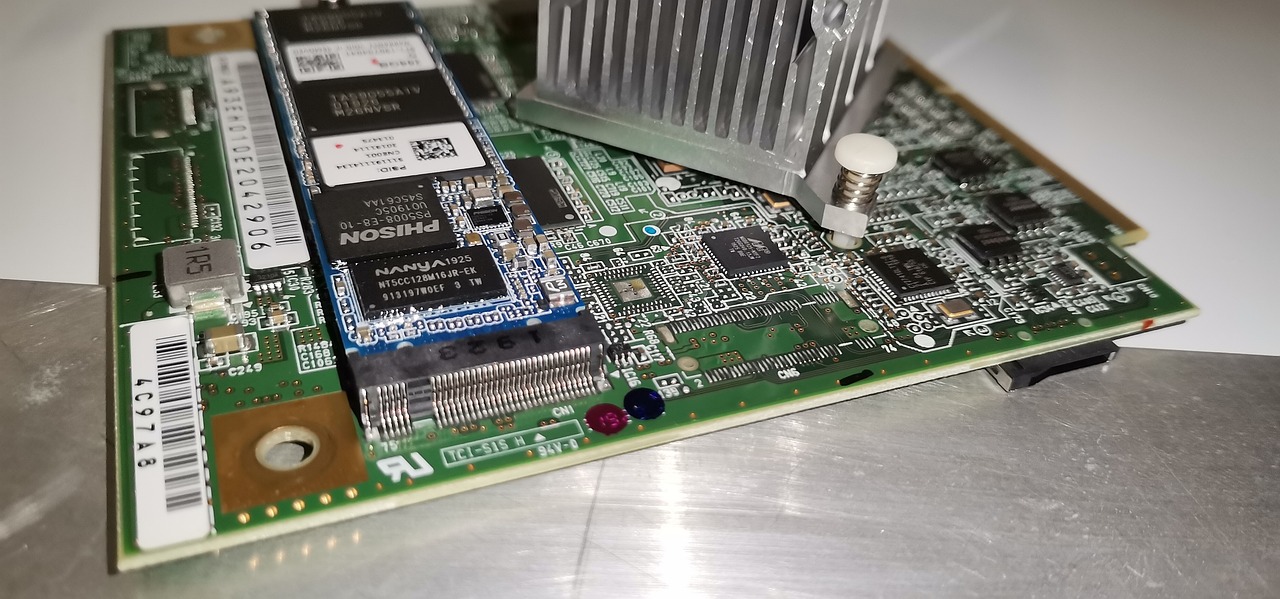The Future of Transportation: Hyperloop and Flying Cars
Elon Musk’s concept of the Hyperloop has sparked widespread excitement in the transportation industry. This cutting-edge technology proposes to transport passengers and goods in pods through low-pressure tubes at high speeds, revolutionizing the way we travel. With the potential to reach speeds of over 700 mph, the Hyperloop could significantly reduce travel times between major cities, making long-distance commuting more efficient and accessible.
The development of Hyperloop technology also holds promise for reducing carbon emissions and alleviating traffic congestion. By utilizing electromagnetic propulsion systems, the pods can glide through the tubes with minimal friction, resulting in a more energy-efficient mode of transportation. Furthermore, the ability to operate on renewable energy sources makes the Hyperloop a sustainable alternative to traditional modes of transport. As cities continue to grapple with traffic congestion and environmental concerns, the Hyperloop presents a compelling solution for the future of transportation.
Challenges Facing the Development of Hyperloop
One of the significant challenges in the development of Hyperloop technology is the high cost associated with its construction and implementation. Building the infrastructure for Hyperloop systems requires substantial investment in terms of materials, labor, and technology. This cost factor often poses a barrier to the widespread adoption of Hyperloop as a mode of transportation.
Another obstacle in the development of Hyperloop is the regulatory and safety considerations that come with introducing a new transport system. Ensuring the safety of passengers and cargo, as well as meeting the necessary regulatory requirements, involves rigorous testing and compliance procedures. These factors can slow down the progress of Hyperloop development and delay its integration into existing transportation networks.
Advantages of Hyperloop Compared to Traditional Transportation
Hyperloop technology offers a range of advantages when compared to traditional transportation methods. One significant benefit is the high speed at which Hyperloop pods can travel, potentially reaching speeds of over 700 miles per hour. This rapid transit could significantly reduce travel times between destinations, making it an appealing option for commuters and travelers alike.
In addition to speed, Hyperloop technology also boasts enhanced energy efficiency. The system’s use of magnetic levitation and low air pressure minimizes friction and air resistance, resulting in a more energy-efficient mode of transportation. This not only reduces operational costs but also contributes to a more sustainable and environmentally friendly transportation solution compared to traditional modes such as cars, trains, or airplanes.
What is the potential of Hyperloop technology?
Hyperloop technology has the potential to revolutionize transportation by enabling high-speed travel in a low-pressure tube.
What are some of the challenges facing the development of Hyperloop?
Some challenges facing the development of Hyperloop include securing funding, regulatory hurdles, and technological feasibility.
What are the advantages of Hyperloop compared to traditional transportation?
Hyperloop offers advantages such as faster travel times, lower energy consumption, reduced environmental impact, and increased safety compared to traditional transportation methods.





